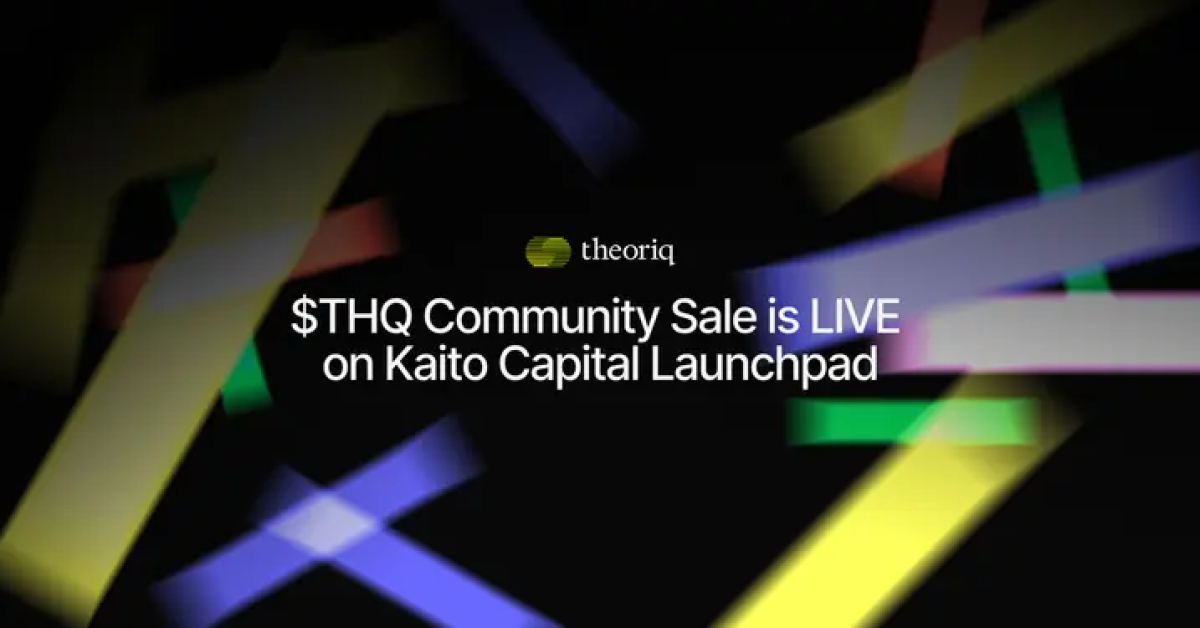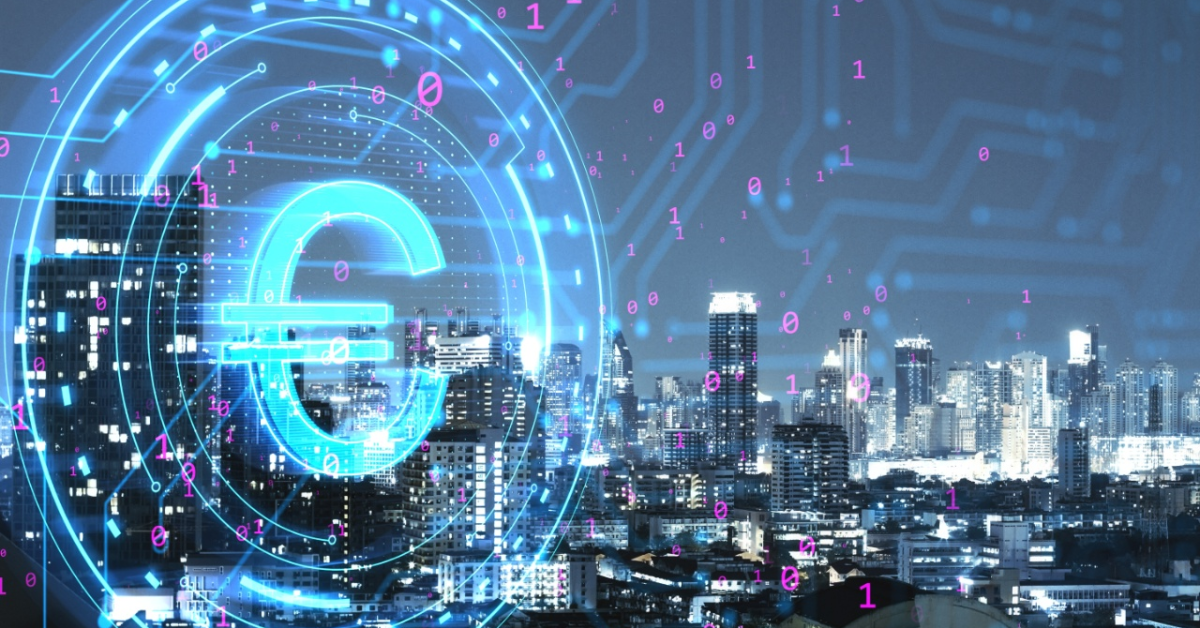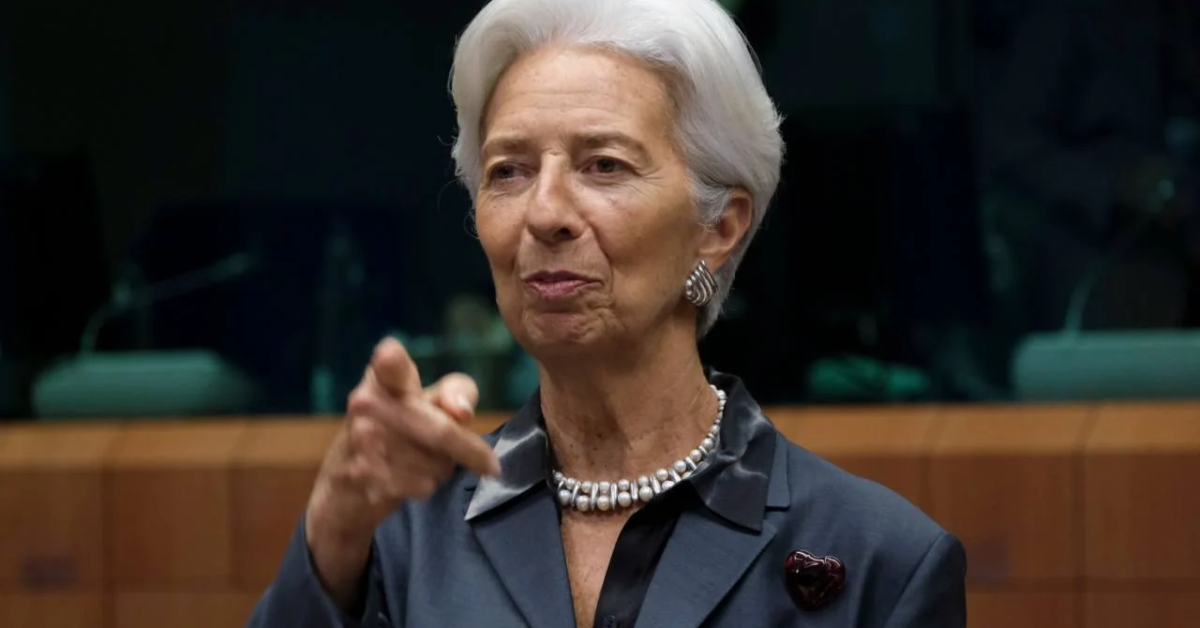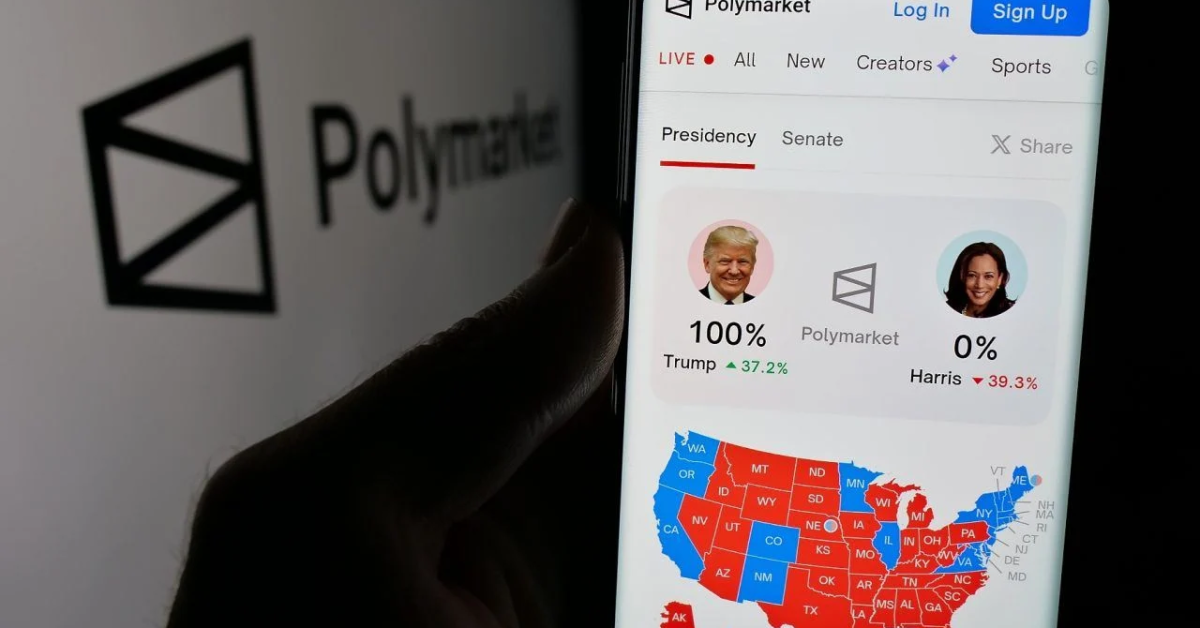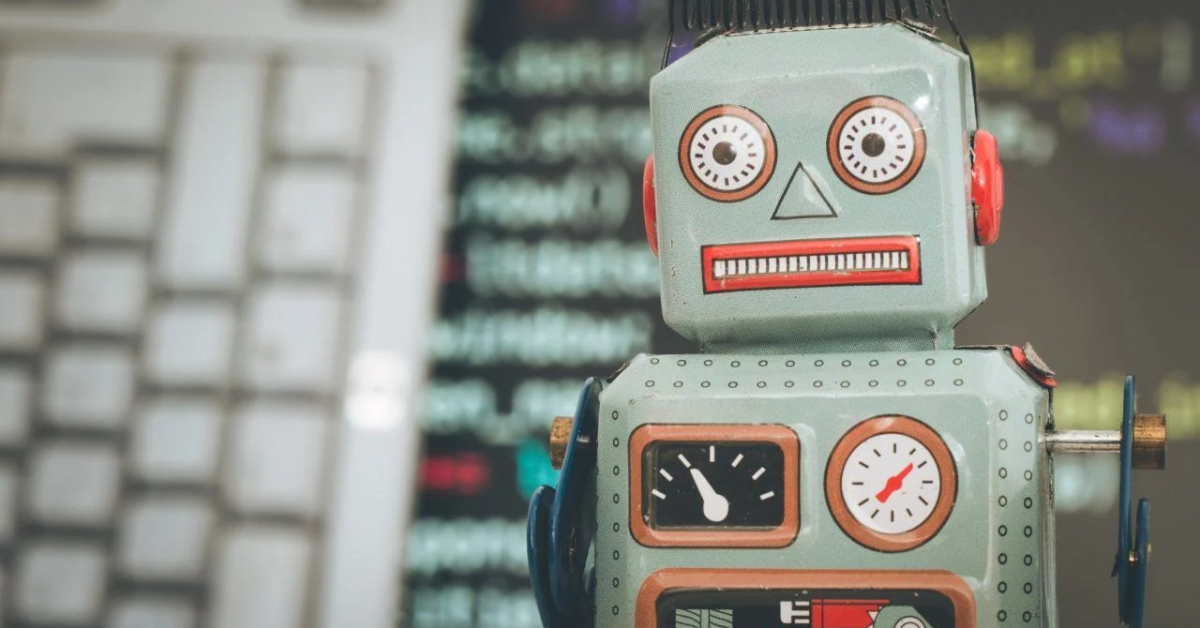Real-World Asset Tokenization: Bringing Physical Value On-Chain
As we move further into the digital era, the concept of tokenization is gaining momentum. It represents a novel way of assigning digital ownership and value to physical assets through blockchain technology. This approach is particularly crucial for businesses of all sizes, the general public, and industries like aquaculture which can benefit immensely from transforming physical assets into liquid forms. Here’s an in-depth look at how real-world asset tokenization is redefining value chains and fostering innovation.
Understanding Tokenization in the Modern Age
Tokenization refers to the process of converting rights to an asset into a digital token that resides on a blockchain. This can apply to various asset types, including real estate, artwork, commodities, and shares in a business. The use of blockchain technology ensures that these tokens are secure, transparent, and immutable, making it easier for asset owners to trade and manage their possessions.
What is Blockchain?
Blockchain is a decentralized digital ledger that records transactions across many computers in such a way that the registered transactions cannot be altered retroactively. This technology underpins cryptocurrencies such as Bitcoin but extends its utility far beyond. Each block in the chain contains a number of transactions, and whenever a new transaction occurs on the blockchain, a record of that transaction is added to every participant’s ledger.
The Role of Smart Contracts
In the realm of tokenization, smart contracts play a crucial role. These self-executing contracts with the terms of the agreement directly written into lines of code enable automatic execution of deals without the need for intermediaries. For instance, in real estate, a smart contract could automatically transfer the ownership of a property token from one party to another upon receiving payment, eliminating the need for legal intermediaries and reducing transaction costs.
Web3 and Decentralization
The rise of Web3 signifies a shift towards a decentralized internet, and tokenization fits perfectly into this context. Web3 advocates for user ownership and control over data and finances, which aligns well with how tokenized assets operate. Individuals retain control over their digitally represented physical assets and can trade, sell, or leverage them within a decentralized ecosystem.
NFTs and Tokenization
Non-fungible tokens (NFTs) have garnered significant attention in the digital art and collectible markets, but they also play a vital role in asset tokenization. Each NFT is unique and can be utilized to represent ownership of a physical item, such as art or real estate.
Practical Applications of Tokenization
Asset tokenization is not just theoretical; it’s being applied in numerous impactful ways across different sectors.
Real Estate Tokenization
Tokenization of real estate is one of the most prominent examples of bringing physical assets onto the blockchain. Companies like RealT allow investors to purchase fractional ownership of properties through tokens, making real estate investment more accessible to everyone. In Vietnam, similar concepts are emerging, enabling small investors to diversify their portfolios without needing significant capital.
Art and Collectibles
Tokenizing art and collectibles allows artists to sell pieces as digital tokens that represent ownership rights. For example, renowned art auction house Christie’s sold an NFT artwork for over $69 million, which showcased that individuals could now own a part of the digital art world similarly to traditional art. This method has expanded access to art investments beyond affluent individuals to the general public.
Aquaculture Industry
In the aquaculture industry, tokenization can play a vital role by providing transparent supply chain management. By tokenizing fish stocks and other aquaculture products, stakeholders can track the lifecycle of their products from hatchery to market. This ensures transparency and trust among consumers regarding the sustainability and origin of seafood products.
The Future of Asset Tokenization
Looking ahead, the potential for asset tokenization is vast. By democratizing access to investments, fostering liquidity, and increasing transparency, tokenization has the capability to transform how we view ownership and investment. As regulations evolve and more industries begin to adopt this technology, the benefits will likely multiply, paving the way for an innovative financial ecosystem.
Conclusion: Seizing the Opportunity
In conclusion, the tokenization of real-world assets signifies a major shift in how physical value is perceived and managed on a global scale. Professionals in various fields, including aquaculture, have the opportunity to leverage this technology to enhance operational efficiency and unlock new revenue streams. As this landscape evolves, staying informed and engaged with these developments will be crucial for any business or individual looking to thrive in the digital economy.
Call to Action: If you’re interested in learning more about how tokenization could impact your industry or investment options, explore educational resources, connect with experts, and consider tokenized assets as part of your portfolio strategy.
By embracing this new frontier in asset management, we can harness the full potential of technology, paving the way for a more equitable and transparent future.


